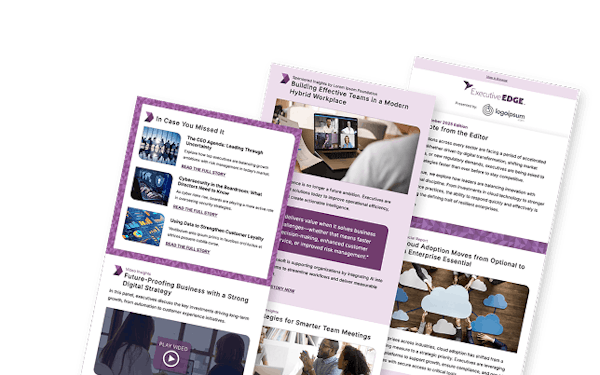Why Your Talent Pipeline Stalls
Key Highlights
- Leadership potential emerges when it’s observed through the right lens—not simply when it exists.
- Changing managers or contexts can accelerate or stall a career, even if the individual’s skill set remains constant.
- Investment in observable behaviors — not gut instincts — builds fairness, diversity and clarity in talent strategy.
- Leaders can create the conditions for potential to flourish by shifting culture, language and evaluation frameworks.
Modern leadership pipelines are under pressure from talent scarcity, rapid change and shifting expectations. For enterprise leaders, the real challenge is not just identifying high-potential talent, but creating a culture and framework where potential is visible, nurtured and strategically deployed. The concept that leadership potential is fixed is outdated; instead, it is shaped by context, observation and investment. Leaders who recognize this can turn latent talent into performance and build pipelines that respond to complexity rather than gasping after replacements.
What this means in practice is that talent programs should focus less on future roles and more on how behaviors are being developed, showcased and evaluated today. A strong candidate might underperform—not because of ability, but because the environment didn’t allow their potential to emerge.
As reported by Lauren Neal in “Leadership Potential Isn’t Fixed, It’s Shaped by Who’s Looking” on Chemical Processing:
“Often, potential is treated like a binary status – either you’ve got it, or you don’t. Real potential, however, is dynamic. It shows up under the right conditions, it grows with the right support and it can be completely missed in the wrong environment.
In project and engineering-based industries, we tend to value technical competence over career development conversations. If someone is reliable, capable and low-maintenance, we reward them by leaving them exactly where they are.
Meanwhile, those who advocate for themselves, network visibly or mirror leadership styles get fast-tracked. That’s not meritocracy. That’s a mirror test.
In due course, when leadership changes — when a new project manager arrives or an asset team rotates – it is common for an individual’s career prospects to shift dramatically. This is not because their skills changed, but because someone saw them differently.”
Continue reading “Leadership Potential Isn’t Fixed, It’s Shaped by Who’s Looking” on Chemical Processing.
In fluid environments where skills evolve quickly, sourcing external talent becomes harder and more costly. Instead, organizations that build frameworks to surface and cultivate internal talent — based on behaviors, not labels — gain speed, diversity and resilience.
Additionally, culture, manager expectations and evaluation lenses shape who gets seen. If leadership development is still campus-based, tenure-based or role-based, you may be overlooking high-potential talent simply because they’re out of the spotlight. The strategic implication: spotting and deploying potential is a competitive differentiator in dynamic markets.
Next Steps
- CEO/CHRO: Conduct a blind review of your leadership-pipeline nominations—assess whether observable behaviors (adaptability, strategic thinking, teaming) were used as criteria rather than tenure or “fit.”
- HR/Talent Development Lead: Redesign your high-potential program to include a behavioral rubric and manager-agnostic rotation or exposure, and track progress every six months.
- Business Unit Leader: Commit to monthly “spotlight sessions” where team members present insights or ideas, giving rising talent visibility and observational data for succession.
- COO/Operations Lead: Audit the manager transitions of high performers over the last 18 months. Identify where lens-changes (new boss, role shift) led to stagnation and adjust support accordingly.
- Chief Learning Officer: Introduce training for managers on how to shift evaluation from subjective impressions to observable behaviors, include feedback loops, and monitor impact on promotion decisions.
Quiz
Make smart decisions faster with ExecutiveEDGE’s weekly newsletter. It delivers leadership insights, economic trends, and forward-thinking strategies. Gain perspectives from today’s top business minds and stay informed on innovations shaping tomorrow’s business landscape.

